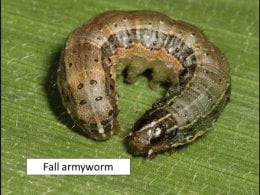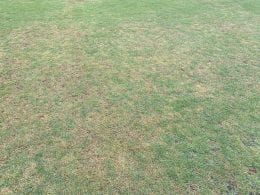By Brooke Garcia
It was Pollinator Week June 21-27, 2021! How did you take part during Pollinator Week? Perhaps you had an encounter with a buzzy friend in the garden or planted some native perennials that attract pollinators in the landscape.
Celebrating pollinators does not need to be confined to one week only. You can do this in so many unique ways in your personal garden or landscapes you manage or oversee.

Photo taken in David Traylor Zoo of Emporia, KS by Brooke Garcia.
Here are some creative ideas to help attract and celebrate pollinators in our favorite landscapes:
- Plant native flower beds, gardens, or local grasses to your landscape area
- Add pollinator plants to flower pots
- Incoporate native bee houses into the landscape
- Host a pollinator plant sale or pollinator festival/event
- Host an educational event with K-State
- Choose a mixture of plants that flower during spring, summer, and fall
- Reduce or eliminate pesticides in certain areas of your landscape if possible
- Incorporate plants that encourage beneficial insects
- Reach out to others and educate! Informing clients and friends is a great way to encourage change.
Here are some more ideas featured in the Extension Entomology Newsletter.
These are just a few ways to help support pollinators all year around! Have any pollinator topics you’d like us to feature? Email us at gardenhour@ksu.edu.
 Fall of 2021 created significant issues with fall armyworms. Since that event, Dr. Raymond Cloyd has updated information on biology and control of this insect. It does not overwinter in Kansas, so it’s presence is dependent upon movement of moths from the south to our region. See the details here:
Fall of 2021 created significant issues with fall armyworms. Since that event, Dr. Raymond Cloyd has updated information on biology and control of this insect. It does not overwinter in Kansas, so it’s presence is dependent upon movement of moths from the south to our region. See the details here:







